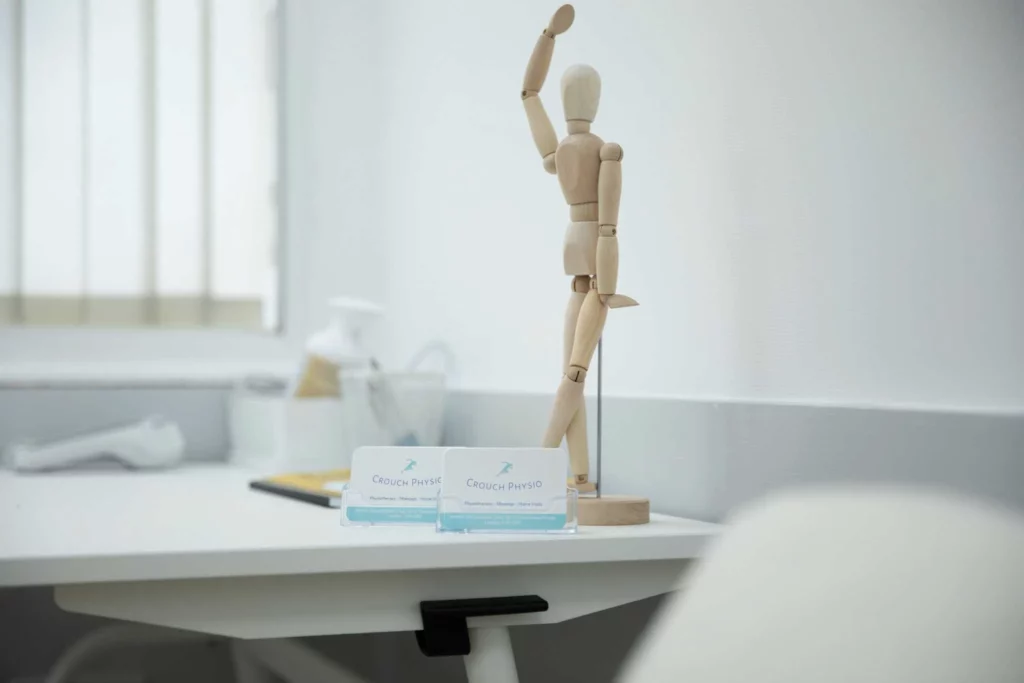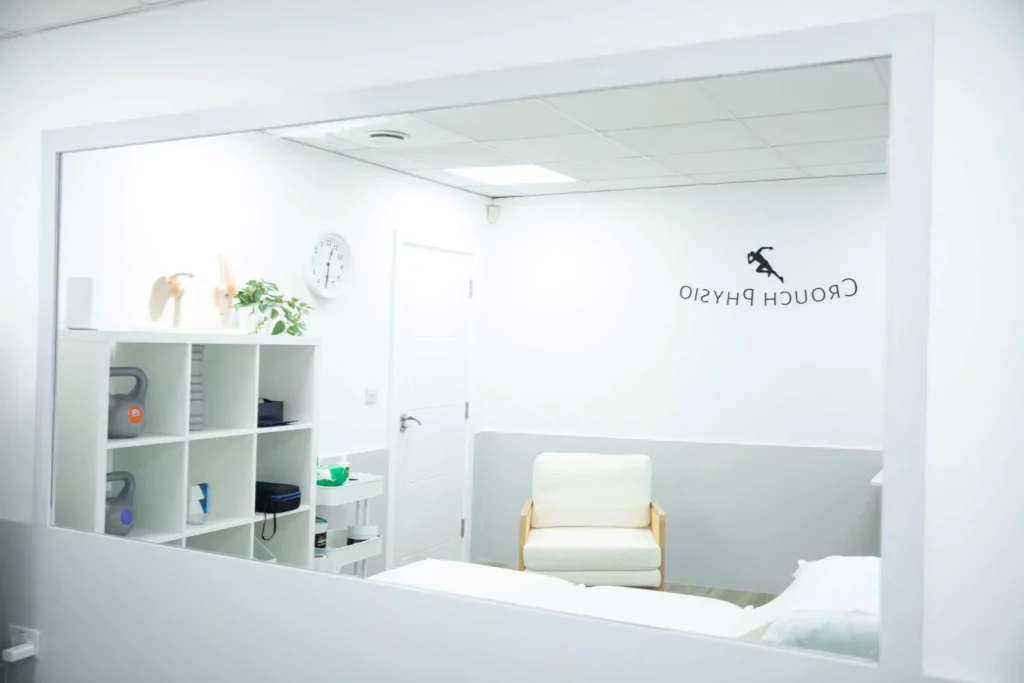Ever wondered how top athletes seem to move faster, jump higher, and perform with explosive power? Sure, talent plays a role, but a big part of their secret is structuredstrength and plyometric training. As a physiotherapist, I see firsthand how these training methods can transform not just elite athletes but weekend warriors too.
Why Strength and Plyometric Training Matter
Strength training builds the foundation. It enhances muscle endurance, stability, and force production. Whether you’re sprinting down a football pitch, swinging a golf club, or cutting sharply on a basketball court, strength is key. The stronger you are, the more force you can generate and the less likely you are to suffer injuries. It also helps improve neuromuscular coordination, making movements more efficient and reducing energy waste.
Plyometric training, on the other hand, is all about power. It’s what gives you that quick, explosive burst, whether it’s leaping for a rebound, accelerating off the starting block, or making that last-minute change in direction. Plyometrics teach your muscles to contract quickly and efficiently, which translates to improved speed and agility. They also enhance tendon stiffness and elasticity, helping to store and release energy more effectively in movements like jumping and sprinting (1).
The Physiotherapist’s Take
I often work with athletes recovering from injuries or trying to improve performance. What I’ve noticed is that many neglect one of these areas. Some focus only on weights, missing out on the agility and power that plyometrics provide (2). Others do endless jump drills without strengthening the muscles needed to support those movements. The real magic happens when both are combined effectively. A well-balanced programme prevents muscle imbalances, reduces overuse injuries, and enhances joint stability, ensuring athletes can perform at their best while staying injury-free.
How It Benefits Different Sports
Different sports require varying combinations of strength and plyometric training to optimise performance. Here’s how they apply to specific sports:
• Basketball: Strength training improves endurance and injury prevention, while plyometrics help with explosive movements like jumping for rebounds and quick directional changes (3).
• Football: Strong legs and core are crucial for kicking power and stability, while plyometric drills enhance sprinting speed and agility for quick movements on the pitch (4).
• Tennis: Strength training builds endurance and prevents shoulder injuries, while plyometrics improve reaction time and the ability to generate forceful swings (5).
• Athletics (Sprinters & Jumpers): Plyometric training enhances explosiveness off the blocks and jumping ability, while strength training ensures proper muscle balance and injury prevention (6).
• Rugby: Strength is necessary for tackling and power moves, while plyometrics improve agility and the ability to absorb and generate force quickly (7).
Strength & Plyometric Training Routine
Here’s a simple yet effective training routine combining both elements. Do this 2-3 times a week alongside your sport-specific training. Make sure to progress gradually, increasing resistance and intensity as you build strength and coordination.
Warm-Up (10-15 minutes)
• Jogging or skipping (5 min) to elevate heart rate and increase blood flow.
• Dynamic stretches (leg swings, arm circles, hip openers) to enhance mobility and prepare joints for movement.
• Activation drills (glute bridges, banded lateral walks, clamshells) to fire up key muscle groups like glutes, core, and hip stabilisers.
Strength Exercises (3-4 sets each, rest 60-90 sec)
1. Squats (Back or front squat) – 8-10 reps, focusing on full depth and controlled movement.
2. Deadlifts – 8-10 reps, maintaining a neutral spine to protect the lower back.
3. Bulgarian Split Squats – 10 reps each leg, improving unilateral strength and balance.
4. Nordic Hamstring Curls – 10 reps, an excellent eccentric exercise for hamstring injury prevention.
5. Plank with Shoulder Taps – 30 sec, engaging the core and improving shoulder stability.
Plyometric Drills (3 sets each, rest 30-60 sec)
1. Box Jumps – 8 reps, focusing on explosive take-off and soft landing.
2. Broad Jumps – 8reps, maximising horizontal power generation.
3. Single-Leg Hops – 8 reps each leg, developing stability and coordination.
4. Lateral Bounds – 10 reps, improving agility and lateral explosiveness.
5. Depth Jumps – 8 reps, enhancing reactive strength and ground contact efficiency.
Cool-Down (10 minutes)
• Foam rolling to relieve muscle tension and enhance recovery.
• Static stretching (hamstrings, quads, hip flexors, shoulders) to improve flexibility.
• Deep breathing exercises to regulate the nervous system and promote relaxation.
Final Thoughts
Strength and plyometric training aren’t just for professional athletes. If you want to run faster, jump higher, and reduce your risk of injuries, incorporating both into your training is a game-changer. By consistently working on both strength and power, you enhance movement efficiency, minimise fatigue, and build resilience against common sports injuries.
Train smart, stay consistent, and most importantly listen to your body. Recovery is just as important as training, so make sure to get adequate rest, hydration, and proper nutrition. Ready to unlock your potential? Give this routine a shot and feel the difference!
Our Barnet, Cockfosters & Enfield Physio’s have tons of experience and are specialists in strength and plyometric training. Have confidence that our specialist Physiotherapists will closely assess, diagnose & treat you in the correct & evidence-based way for all injuries. You can book an appointment here.
Blog By: Emre Oz (Musculoskeletal Physiotherapist at Crouch Physio).
References
1. Wang, Xiaolin, et al. “Effectiveness of plyometric training vs. complex training on the explosive power of lower limbs: A Systematic review.” Frontiers in physiology 13 (2023): 1061110.
2. De Villarreal, Eduardo Saez-Saez, Bernardo Requena, and Robert U. Newton. “Does plyometric training improve strength performance? A meta-analysis.” Journal of science and medicine in sport 13.5 (2010): 513-522.
3. de Villarreal, Eduardo Sáez, et al. “Effects of plyometric, strength and change of direction training on high-school basketball player’s physical fitness.” Journal of Human Kinetics 78 (2021): 175.
4. Bin Shamshuddin, Muhammad Hazman, et al. “Effects of plyometric training on speed and agility among recreational football players.” International Journal of Human Movement and Sports Sciences 8.5 (2020): 174-180.
5. Deng, Nuannuan, et al. “Effects of plyometric training on skill and physical performance in healthy tennis players: A systematic review and meta-analysis.” Frontiers in Physiology 13 (2022): 1024418.
6. Huang, Hsuan, Wei-Yang Huang, and Cheng-En Wu. “The effect of plyometric training on the speed, agility, and explosive strength performance in elite athletes.” Applied Sciences 13.6 (2023): 3605.
7. Jones, Thomas W., et al. “Strength and conditioning and concurrent training practices in elite rugby union.” The Journal of Strength & Conditioning Research 30.12 (2016): 3354-3366.




